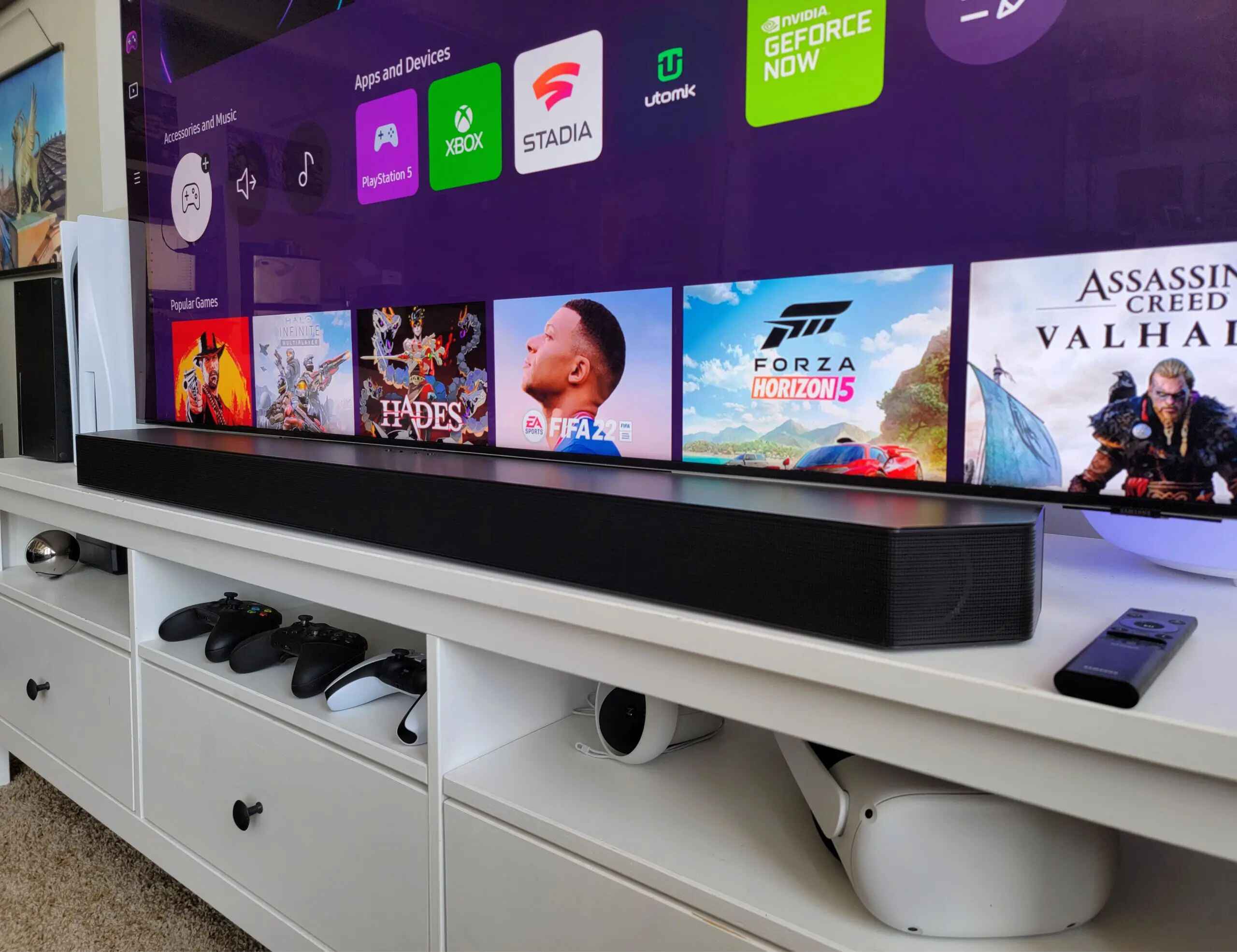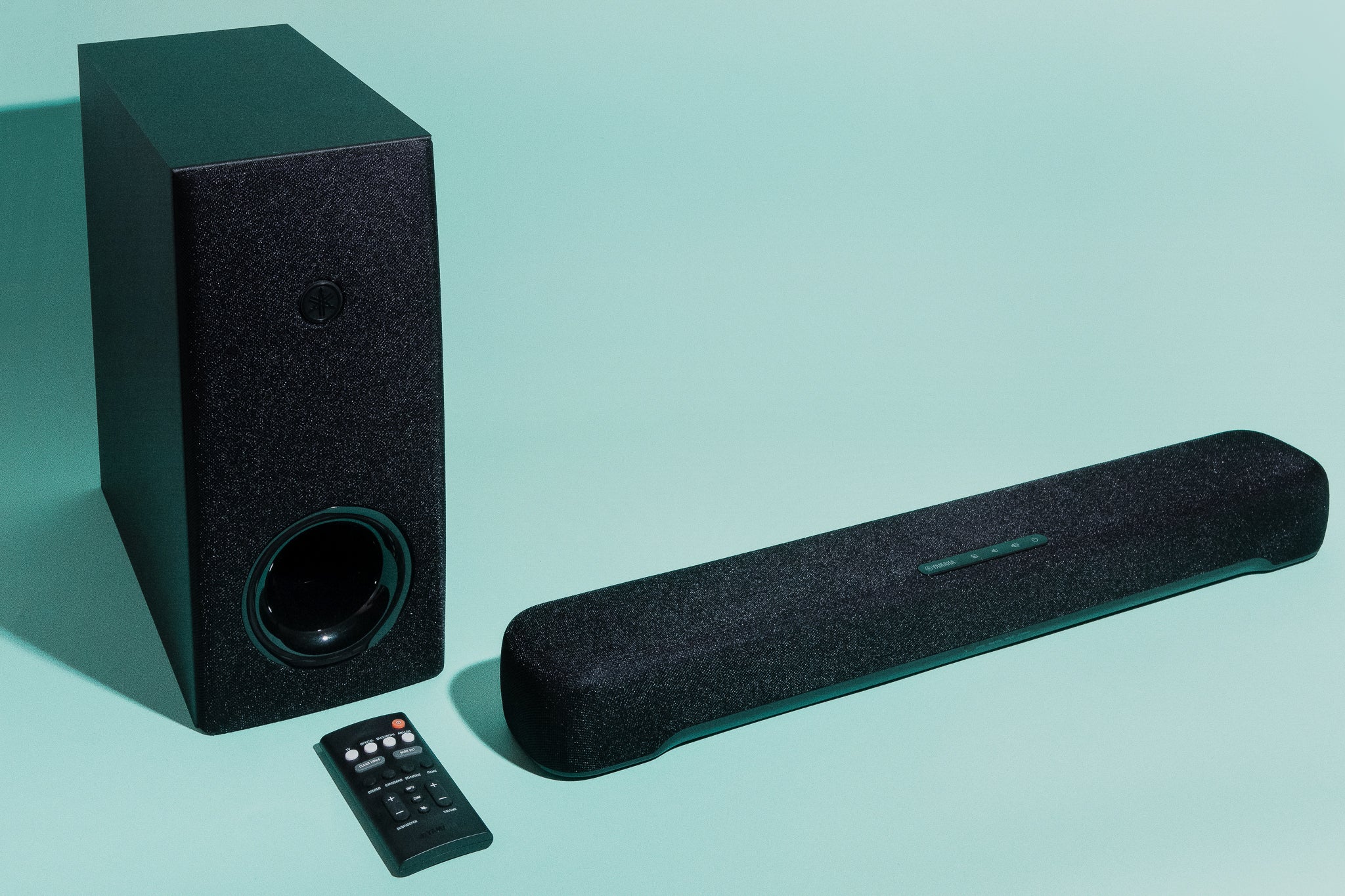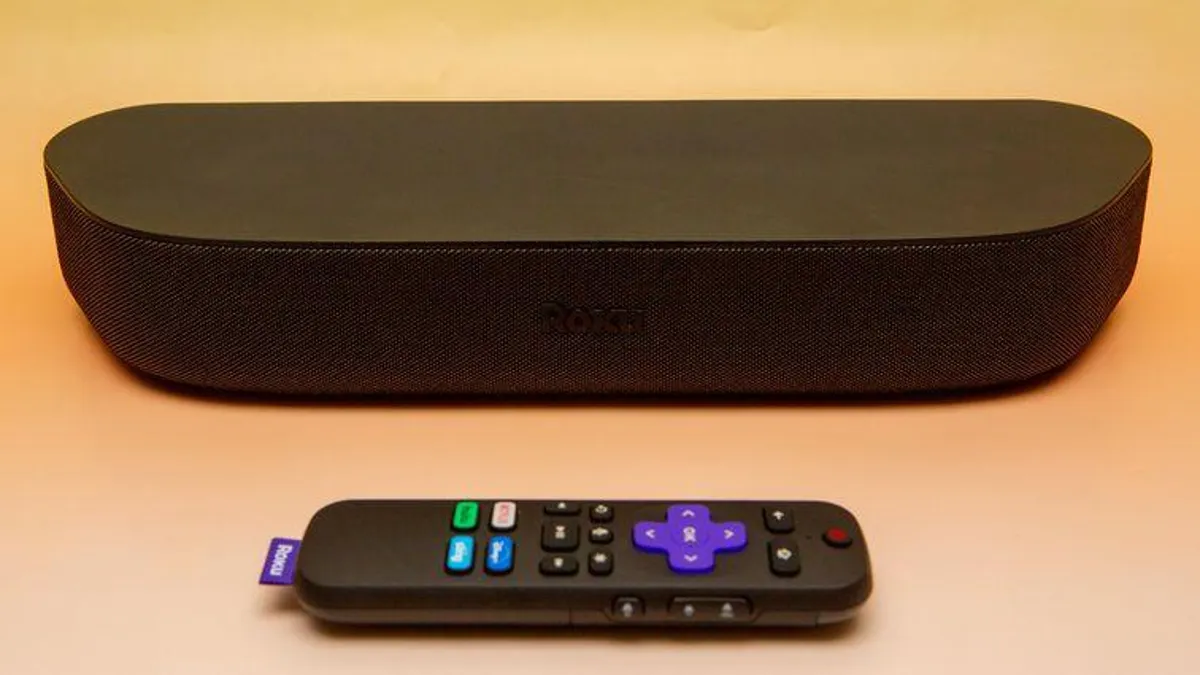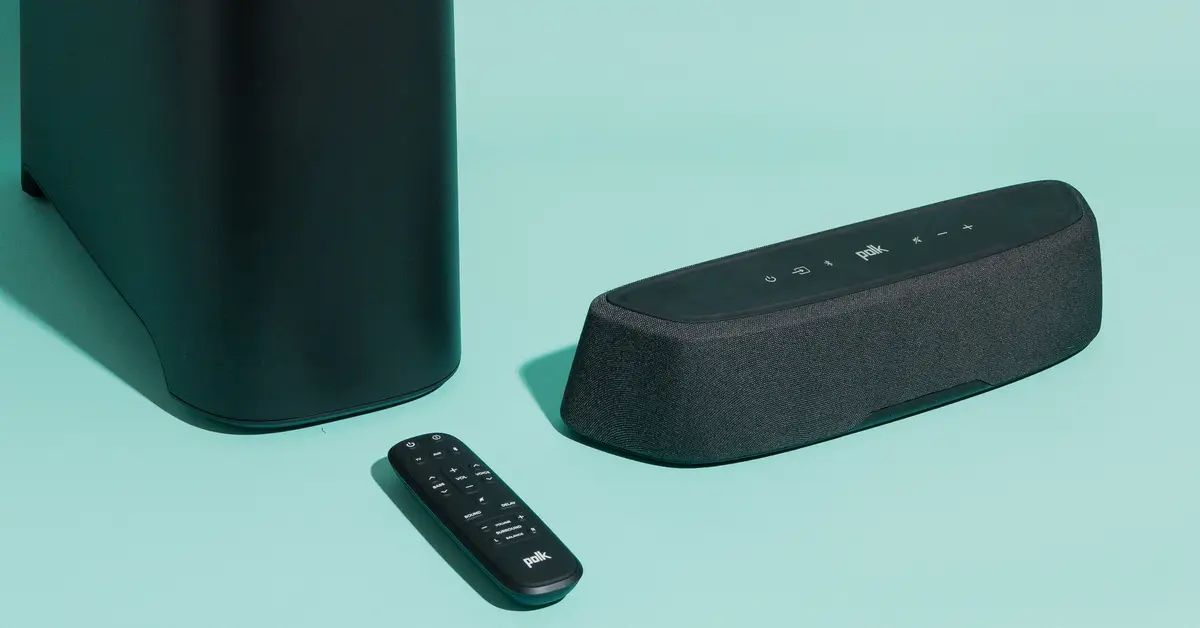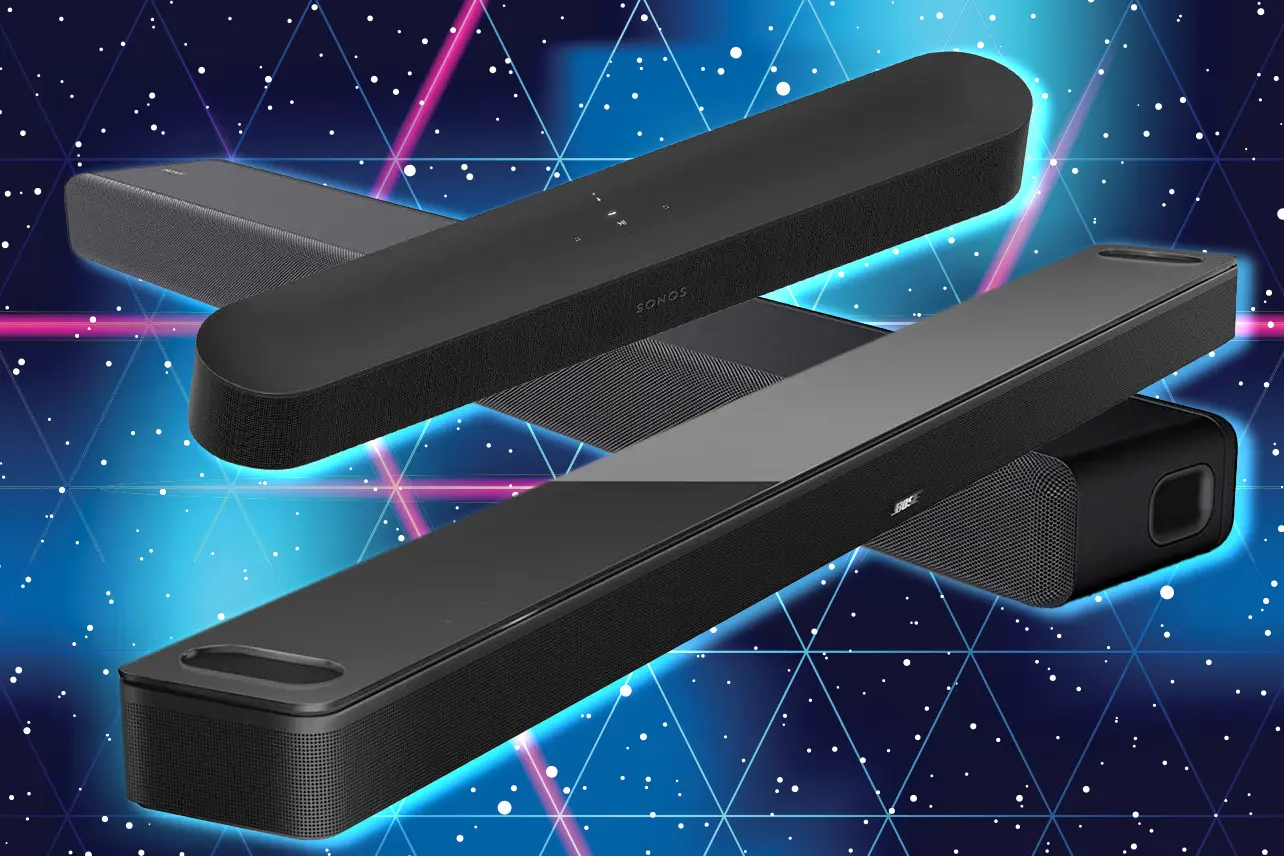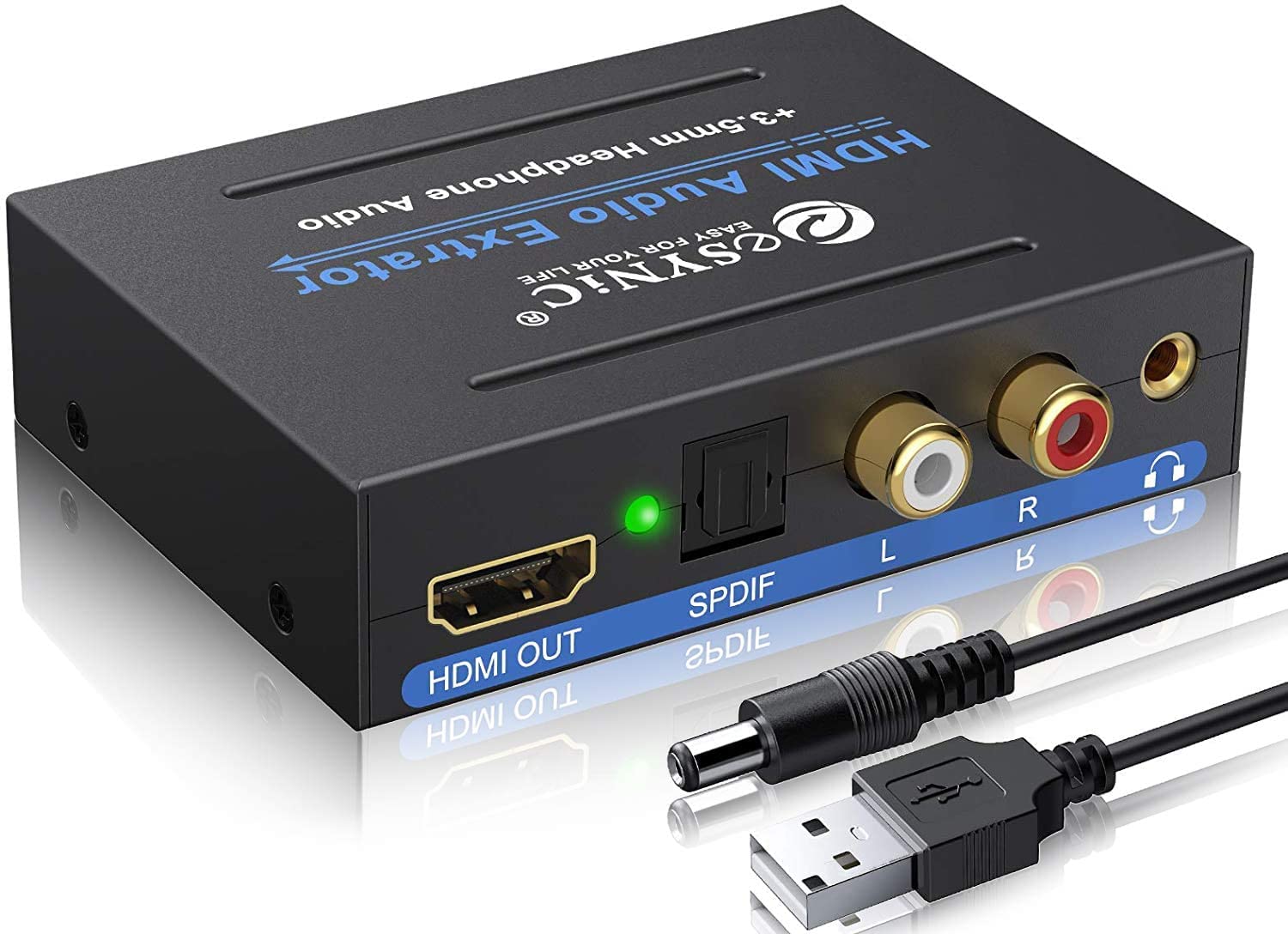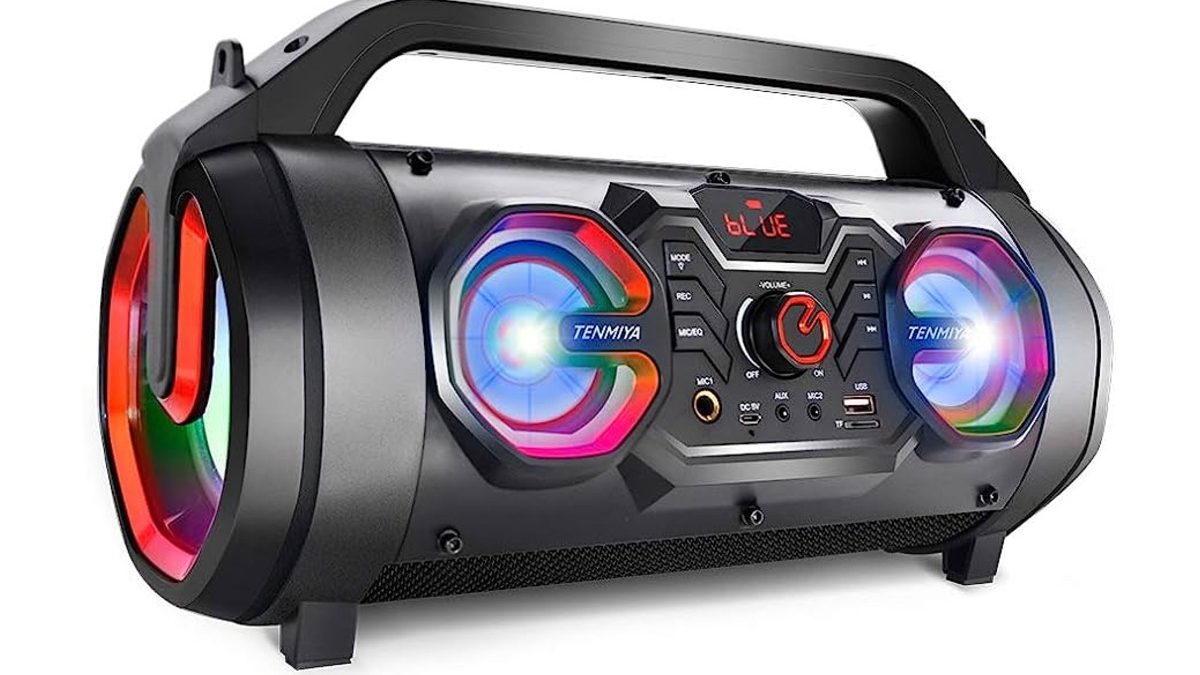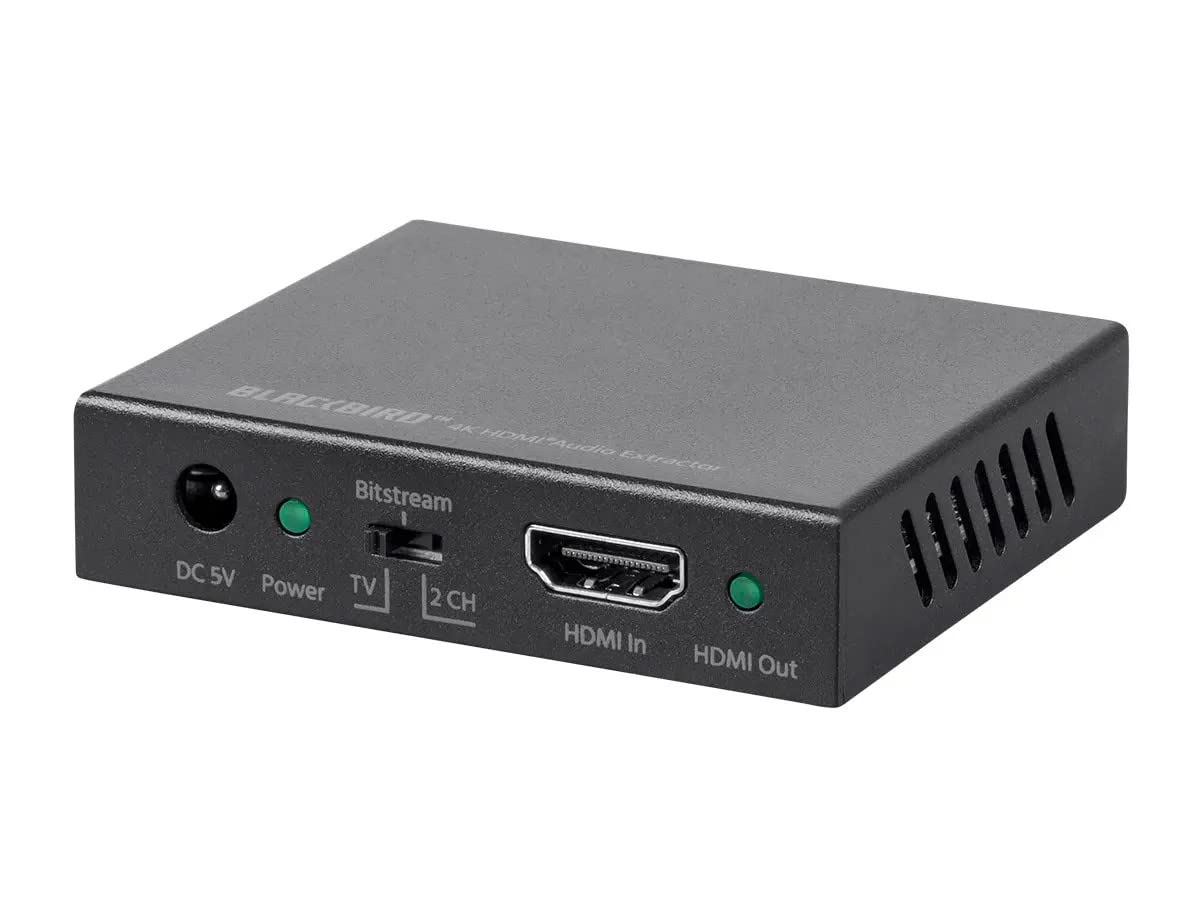Introduction
Welcome to the world of soundbars! If you’ve recently purchased a soundbar or have been researching the latest audio equipment, you might have come across the term “D.In” or “Digital Input” in relation to soundbars. But what exactly does D.In mean and what is its purpose? In this article, we’ll explore the concept of D.In and its significance in the realm of soundbars.
Soundbars have become increasingly popular in recent years, providing users with an enhanced audio experience for their TVs, gaming consoles, or music systems. These sleek and compact devices are designed to deliver immersive sound quality, making your entertainment come alive.
However, to fully utilize the potential of a soundbar, it’s important to understand its various features and functionalities. This brings us to D.In, which stands for Digital Input. In simple terms, D.In refers to the digital audio input option available on soundbars, allowing you to connect devices that output digital audio signals.
With the rapid advancement in audio technology, soundbars now offer multiple input options to accommodate various devices and audio formats. D.In is one such input option, specifically catering to digital audio signals. Whether it’s from your TV, Blu-ray player, gaming console, or other compatible devices, D.In ensures a seamless connection and high-quality digital audio playback on your soundbar.
Now that we have a basic understanding of what D.In means, let’s delve deeper into its purpose and functionality in the next section.
What is D.In?
D.In, short for Digital Input, is a term commonly used in the audio industry to describe the digital audio input option available on soundbars. It refers to a connection port or interface that allows you to connect devices that output digital audio signals to your soundbar.
Unlike traditional analog audio inputs, which process audio signals in the form of electrical voltage, digital audio signals are represented as a series of numbers that can be decoded by compatible audio equipment. This digital format preserves the audio fidelity and allows for more accurate reproduction of sound.
D.In is often found in the form of different connectors or ports, such as HDMI (High-Definition Multimedia Interface), optical (TOSLINK), or coaxial connections. These connectors enable the transfer of digital audio data from your source device to the soundbar, ensuring a high-quality audio signal transmission without any loss in quality.
With D.In, you can connect various devices to your soundbar, including your TV, Blu-ray player, gaming console, or even your computer. This versatility allows you to enjoy premium sound quality from multiple sources, making your entertainment experience more immersive and enjoyable.
D.In is an essential feature for those who want to take full advantage of the digital audio capabilities of their soundbar. By connecting devices through the D.In port, you can enjoy the benefits of high-resolution audio formats, such as Dolby Digital or DTS, which deliver exceptional surround sound and audio detail.
The popularity of streaming services and digital media has increased the demand for soundbars with D.In functionality. These soundbars can handle audio signals from streaming devices, media players, or smart TVs, ensuring that you experience your favorite content with crystal-clear sound quality.
Now that we know what D.In is and how it enables the connection of digital audio sources, let’s explore its purpose and how it works in the next section.
The Purpose of D.In on a Soundbar
The primary purpose of D.In on a soundbar is to provide a seamless and high-quality digital audio connection between your audio source devices and your soundbar. D.In allows you to enjoy immersive sound from various digital audio formats, enhancing your overall audio experience.
One of the main advantages of D.In is its ability to handle high-resolution audio formats. With the rise of Blu-ray discs and streaming platforms offering high-definition audio content, soundbars with D.In capability ensure that you can fully enjoy these formats without any loss in audio quality. Whether it’s Dolby Digital, DTS, or other advanced audio codecs, D.In enables the soundbar to decode and reproduce the audio signals with precision, delivering enhanced clarity and depth to the audio output.
Another purpose of D.In is compatibility. Most modern audio devices, such as gaming consoles, Blu-ray players, and smart TVs, feature digital audio outputs, making it essential to have a soundbar with D.In functionality. By having a compatible digital input option, you can easily connect your devices to the soundbar and enjoy a seamless audio experience.
In addition to compatibility, D.In also provides a convenient and clutter-free setup. With a single digital connection, you can easily connect multiple devices to your soundbar, reducing the need for multiple cables and simplifying the overall setup process. This not only saves space but also eliminates cable clutter, creating a cleaner and more organized entertainment area.
Furthermore, using D.In eliminates the need for digital-to-analog conversion. Some devices may have analog audio outputs, but converting the analog signal to digital can result in a loss of quality. By utilizing the digital input option, you can bypass the need for conversion, ensuring that the soundbar receives the original digital audio signal for optimal playback.
Overall, the purpose of D.In on a soundbar is to provide a seamless and high-quality digital audio connection, enabling you to enjoy enhanced audio experiences from various digital sources. It offers compatibility, convenience, and the ability to handle high-resolution audio formats, making it an essential feature to look for when choosing a soundbar.
How Does D.In Work?
Understanding how D.In works on a soundbar can help you make the most out of this feature and ensure a seamless audio connection. When you connect a device to the D.In port on your soundbar, several steps take place to process and reproduce the digital audio signal.
Firstly, the soundbar recognizes the incoming digital audio signal from the connected device. The D.In port is designed to accept specific digital audio formats, such as PCM (Pulse-Code Modulation), Dolby Digital, or DTS. It detects the format and prepares to decode the audio data appropriately.
Next, the soundbar decodes the digital audio signal. It converts the series of numbers in the signal into analog audio waveforms that can be amplified and played through the soundbar’s speakers. The decoding process may involve various algorithms to ensure accurate reproduction of the audio, preserving the original sound quality.
Once the digital audio signal is decoded, it is amplified by the soundbar’s internal amplifier. The amplified signal is then fed to the soundbar’s speakers, producing the output sound for you to hear. The quality of the internal amplifier and the speaker configuration greatly impact the audio performance and the overall listening experience.
It’s important to note that the quality of the D.In connection and the digital-to-analog conversion process can significantly affect the audio output. Using high-quality cables and ensuring a secure connection between the devices can help minimize any potential signal degradation. Additionally, soundbars with advanced digital signal processing technologies can further enhance the audio quality by applying audio enhancements or virtual surround sound effects.
Furthermore, the D.In input on a soundbar may support various audio channels, such as stereo, 5.1 surround sound, or even higher channel configurations. This allows the soundbar to handle multi-channel audio signals, providing a more immersive audio experience for movies, music, and gaming.
Overall, the D.In feature on a soundbar works by recognizing, decoding, and amplifying the incoming digital audio signal, ultimately delivering high-quality sound through the soundbar’s speakers. Understanding the inner workings of D.In can help you optimize your audio setup and ensure the best possible audio performance from your soundbar.
Benefits of D.In
The inclusion of D.In on a soundbar brings several benefits that enhance the audio experience and make it an essential feature to consider. Let’s explore the advantages of using D.In:
1. High-Quality Audio: One of the primary benefits of utilizing D.In is the ability to enjoy high-quality audio. Digital audio signals preserve the original audio fidelity, ensuring that you experience crisp and clear sound reproduction from your soundbar. This is particularly important when listening to high-resolution audio formats, such as Dolby Digital or DTS, which require a digital connection for optimal playback.
2. Compatibility: D.In provides compatibility with a wide range of digital audio devices. Whether you’re connecting your soundbar to a TV, gaming console, Blu-ray player, or streaming device, having a digital input option ensures seamless connectivity. This versatility allows you to enjoy the benefits of your soundbar with different audio sources, expanding your entertainment possibilities.
3. Convenience: With D.In, you can simplify your audio setup. By connecting your devices through a single digital input, you eliminate the need for multiple cables and connections. This reduces clutter, simplifies the installation process, and creates a clean and organized entertainment area.
4. Future-Proof Connectivity: As technology continues to evolve, digital audio connections are becoming increasingly prevalent. By choosing a soundbar with D.In capability, you future-proof your audio setup, ensuring compatibility with upcoming devices that output digital audio signals. This gives you peace of mind that your soundbar will continue to be compatible with the latest audio technologies.
5. Audio Format Support: Many soundbars with D.In support various audio formats, including multi-channel surround sound. This enables a more immersive audio experience, making your movies, music, and games come alive. Whether it’s stereo, 5.1, or higher channel configurations, D.In allows the soundbar to handle the audio signals with ease, delivering an enhanced and immersive soundstage.
6. Superior Signal Quality: Unlike analog connections, which can be susceptible to interference or signal degradation, digital connections through D.In provide a more stable and reliable signal transfer. This ensures minimal distortion and maximum audio fidelity, resulting in a superior listening experience.
7. Easier Integration: Soundbars with D.In tend to offer seamless integration with other audio devices in your setup. With the ability to connect to sources such as TVs and gaming consoles, you can easily control and switch between audio inputs, streamlining your overall entertainment experience.
In summary, the benefits of D.In on a soundbar include high-quality audio, compatibility with various devices, convenience, future-proof connectivity, support for different audio formats, superior signal quality, and easier integration. These advantages make D.In a crucial feature to consider when selecting a soundbar, ensuring optimal audio performance and a remarkable entertainment experience.
Soundbar Models with D.In Feature
When looking for a soundbar with D.In functionality, you have a wide range of options to choose from. Here are a few notable soundbar models that offer the D.In feature:
1. Sony HT-ST5000: The Sony HT-ST5000 is a premium soundbar that supports D.In through both HDMI and optical connections. With its 7.1.2-channel configuration and Dolby Atmos compatibility, this soundbar delivers immersive sound and supports high-resolution audio formats for a truly cinematic experience.
2. Samsung HW-Q950T: The Samsung HW-Q950T is another high-end soundbar that features D.In connectivity. With its 9.1.4-channel setup and object-based audio support, including Dolby Atmos and DTS:X, this soundbar offers exceptional audio immersion. The HW-Q950T provides both HDMI and optical D.In connections, ensuring compatibility with various devices.
3. LG SN11RG: The LG SN11RG is a soundbar that boasts both HDMI and optical D.In options. With its 7.1.4-channel audio configuration and support for Dolby Atmos and DTS:X, the SN11RG delivers powerful and immersive sound. Additionally, it features wireless surround speakers and a subwoofer for a complete surround sound experience.
4. Bose Soundbar 700: The Bose Soundbar 700 offers D.In connectivity through its HDMI ARC (Audio Return Channel) port. This sleek and compact soundbar delivers impressive audio performance, with clear dialogue and robust bass. It supports multi-channel audio formats and offers integration with other Bose speakers for a seamless audio setup.
5. Yamaha YAS-209: The Yamaha YAS-209 is a more affordable soundbar option that features both HDMI and optical D.In connections. It offers a 2.1-channel configuration with built-in subwoofers, delivering clear and immersive sound. With its compatibility with voice assistants like Amazon Alexa, the YAS-209 adds convenience to your audio experience.
These are just a few examples of soundbar models that offer the D.In feature. When selecting a soundbar, consider your specific audio needs, budget, and desired features to find the one that best suits your requirements.
Remember to check the specifications and product details to ensure that the soundbar you choose has D.In functionality and supports the audio formats and connectivity options you need for your devices.
Conclusion
D.In, or Digital Input, is a valuable feature found on soundbars that allows for seamless connectivity and high-quality digital audio playback. With D.In, you can connect various devices, such as TVs, gaming consoles, Blu-ray players, and streaming devices, to your soundbar, unlocking a world of immersive audio experiences.
We explored the purpose and functionality of D.In, understanding its role in preserving audio fidelity, offering compatibility with different digital audio formats, and simplifying the setup process by reducing cable clutter. We also examined the benefits of using D.In, including enhanced audio quality, future-proof compatibility, and the ability to enjoy multi-channel audio content.
Additionally, we mentioned some notable soundbar models that offer the D.In feature, such as the Sony HT-ST5000, Samsung HW-Q950T, LG SN11RG, Bose Soundbar 700, and Yamaha YAS-209. These soundbars showcase the versatility and capabilities of D.In, catering to various budgets and audio preferences.
When searching for a soundbar, consider your specific needs and requirements. Look for soundbars with D.In functionality that support the audio formats and connectivity options you need for your devices. Pay attention to soundbar specifications, channel configurations, and additional features to ensure that you choose the right soundbar to elevate your audio experience.
In summary, D.In is a crucial feature that allows for seamless digital audio connectivity on soundbars. By harnessing the power of D.In, you can enjoy immersive sound, high-quality audio reproduction, and a clutter-free audio setup. Whether you’re watching movies, playing games, or listening to music, a soundbar with D.In capability can transform your entertainment experience into something truly remarkable.







